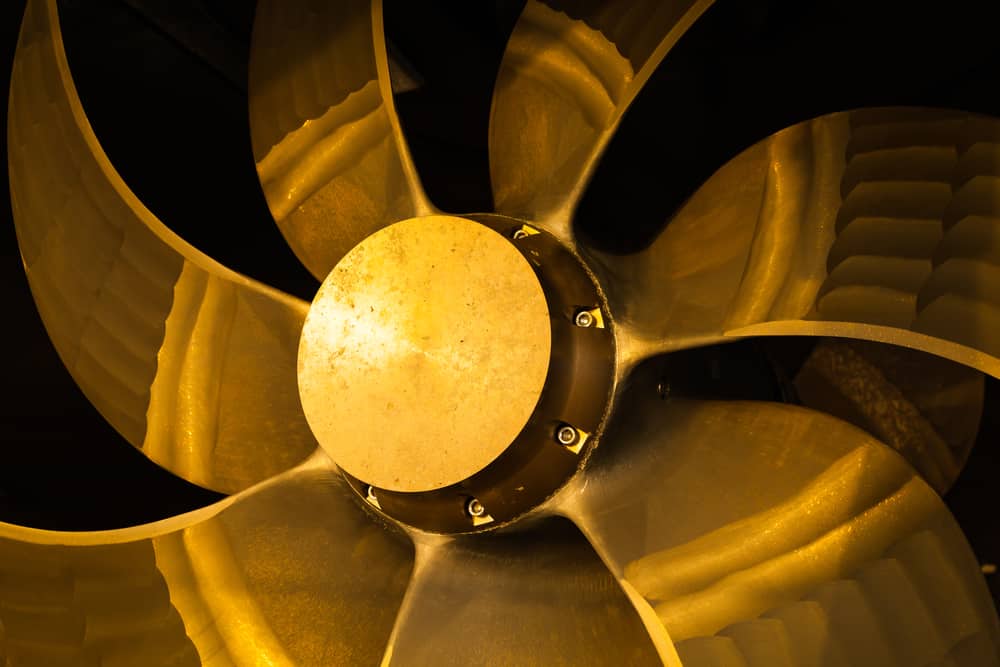Bronze and brass are among the first alloys that were ever produced. Bronze alloys, in particular, lend their name to a period of human history that spans more than 1,000 years. Nevertheless, most people would find comparing the differences between bronze and brass a challenge, partially because the difference between the two is slight.
They are both forms of industrial copper and are more accurately described as copper based alloys than as distinct metals compared to other metals. Only their extraordinarily long use has defined bronze and brass as distinct metals.
Copper Alloy Properties and Benefits
Bronze and brass are the metal alloys of copper. Brass is a copper zinc alloy while bronze is a copper tin alloy. When these different additives are added to pure copper, they lend each metal alloy different properties suitable for various electrical applications, including enhanced corrosion resistance.
Visually, the differences between the two can be recognized by color. Brass is typically brighter yellow, and bronze is a reddish brown shade. However, this can vary by their exact mixture, with the properties also being highly variable.
We refer to the bronze age of human history instead of the brass age because bronze is more suitable for use in tools and weapons, such as ship fittings and arrowheads, due to the addition of tin, which gives it greater tensile strength and hardness.
On the other hand, adding zinc provided brass with high corrosion resistance and made it more suitable for decorative applications.
However, the brass alloy has also found more practical purposes in the modern period. Below we detail the modern uses of each metal alloy in the manufacturing process, the differences between bronze and brass, and what makes each unique.
Modern Applications for the Brass vs Bronze Alloy
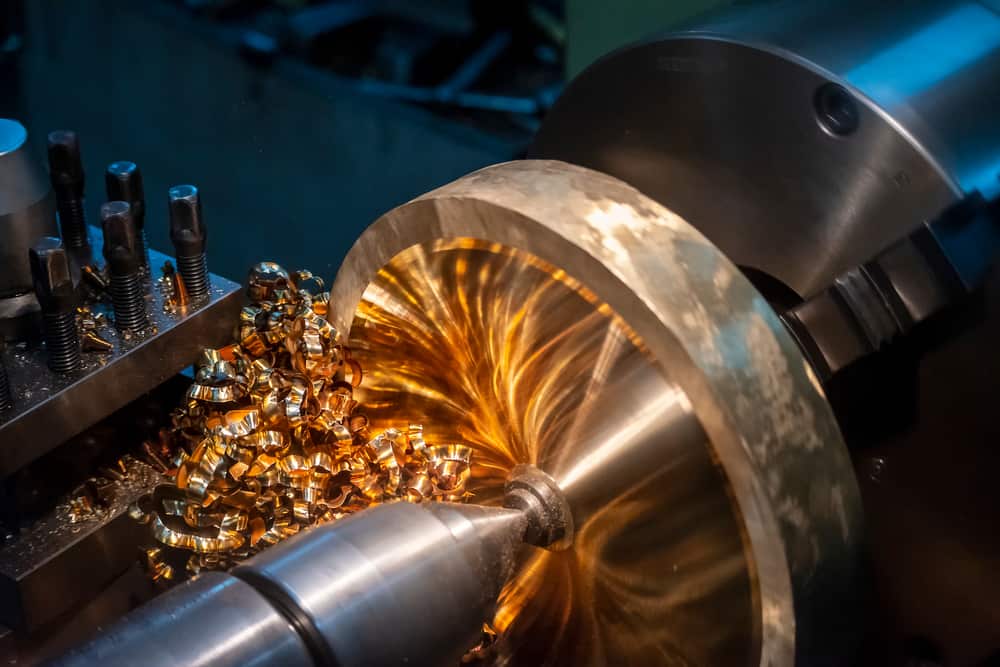
Industrial applications in the modern world demand advanced metal materials, leading to the introduction of various elements into the traditional mixtures of these two copper alloys to combat issues like metal fatigue. The most common—and perhaps surprising—is silicon. Adding this non-metallic element to the mix lends the alloy the following improvements:
- Corrosion resistance: Similar to brass, silicon bronze has a high corrosion resistance, making it ideal for marine and industrial environments
- Decreased electrical conductivity: The addition of silicon decreases the alloy’s electrical conductivity, which can be beneficial for certain applications, such as ship fittings
- Increased fluidity during casting: Silicon bronze has improved fluidity when molten, allowing for more precise and intricate castings
- Reduced contraction of the cooling metal: Silicon bronze experiences less contraction as it cools, which, along with its stable thermal conductivity, leads to more accurate final dimensions in cast products
The addition of silicon is common in decorative brass and bronze, as these are frequently cast. As you can see, various metals can be introduced to copper in addition to zinc or tin to change the resulting alloy’s properties further. Bronze is stronger and more structural than brass alloys and is most commonly mixed with other metals.
|
Buy Certified High-Quality Metals for Industrial Solutions |
||
|
New Aluminum |
New Steel |
New Stainless Steel |
 |
 |
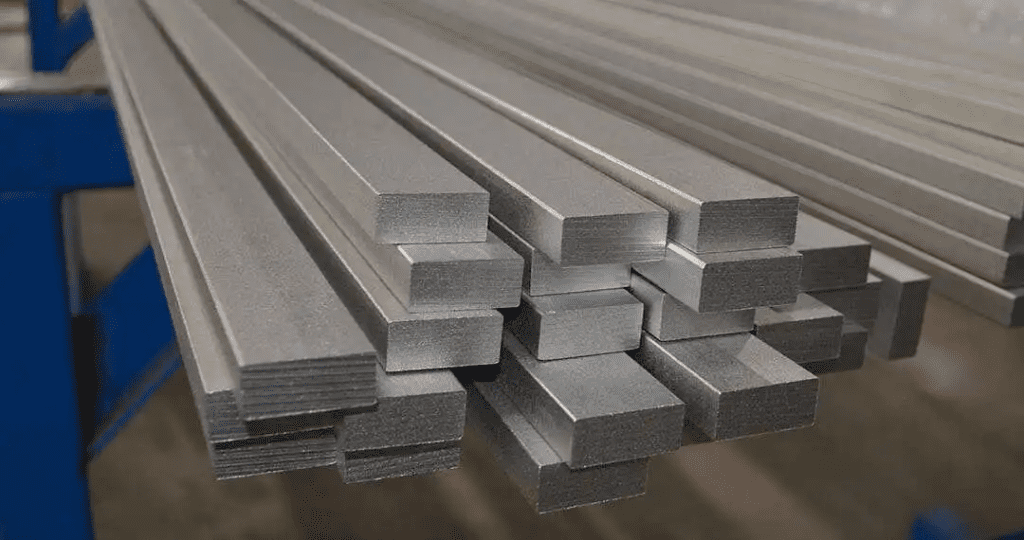 |
| Reliable supply: Consistent, certified aluminum stock you can trust. High-quality material: Superior-grade aluminum for precision needs. Custom cuts: Accurate cuts down to thousandths of an inch. |
Durability and strength: Reliable for projects needing long-lasting, tough materials. Cost-effective: Quality steel that offers strength without breaking the bank. Custom cutting: Precise cuts tailored to exact needs with top-tier cutting tools. |
Sustainability: Highly eco-friendly as the most recyclable metal on earth. High durability: Resistant to corrosion and wear, ensuring long-lasting performance. Custom precision cuts: Tailored to your specifications with quick, accurate results. |
Common Elements & Properties
Some of the more common of these elements and the properties they lend to bronze can be viewed in the table below:
| Additive | Effects | Uses |
| Lead | Creates a layer of lead that reduces friction and wear between parts | Bearings in aerospace engines as well as crankshafts for automotive and other internal combustion engines |
| Phosphorous | Enhances castability, wear and corrosion resistance, and stiffness of bronze alloy | Springs, dental bridges, reeds for musical instruments, electrical contact points, and electrical switches |
| Aluminum | Improved corrosion resistance and anti-microbial and anti-biological properties | Oil industry applications and marine environments where corrosion and colonization by organisms are a concern |
| Manganese | Good corrosion resistance and enhanced strength | Aerospace and marine fasteners, bearings, bushings, landing gear struts, and others |
Frequently, multiple additives are added to create special-purpose bronzes. For example, manganese, aluminum, and lead are often found together in the bronzes that are used in aerospace engine bearings.
Additionally, a range of bronzes incorporate different percentages of aluminum and may also include iron and zinc, the latter of which defines an alloy as brass. The confusion between brass vs bronze owes to the fact that the lines are so easily and frequently blurred.
Understanding the Difference Between Brass and Bronze
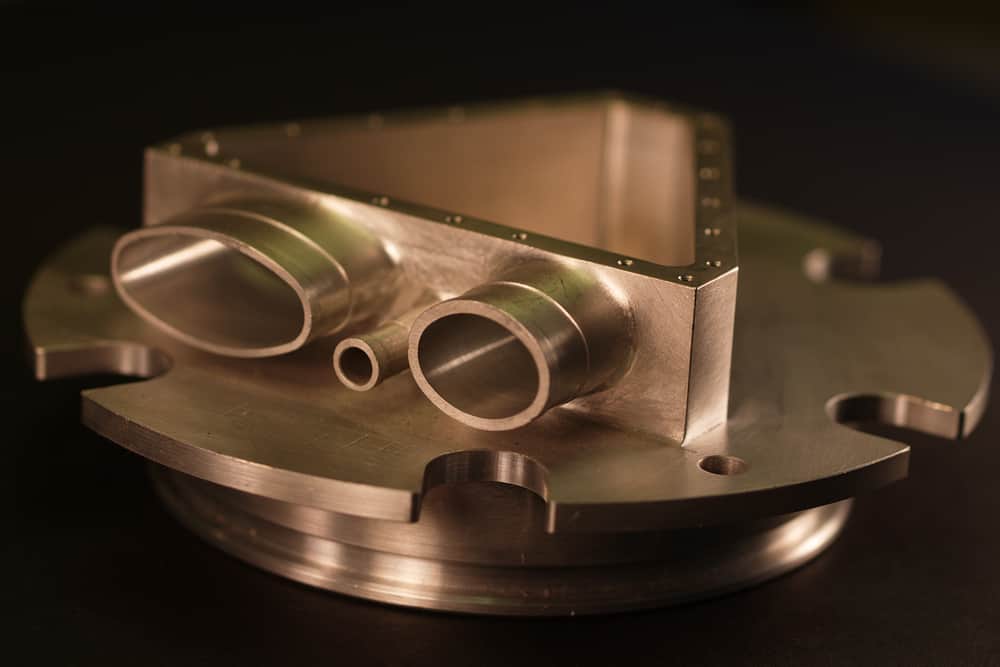
Their uses often determine the difference between bronze and brass. Brass, with its brighter luster, is often used for ornamental or decorative purposes. Additionally, the addition of zinc creates a finer-grained alloy that is easier and more precise to machine.
This makes brass the preferred choice for gearings that require minute adjustments measured in micrometers or smaller. As a result, both decorative lighting fixtures and precision microscope gearings are made from the same alloy.
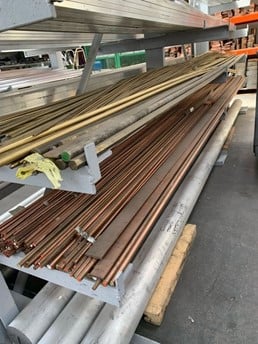
Bronze has a similar dichotomy. It is known for being the stronger of the two alloys. One of its most frequent uses is in casting monumental statues that stand in front of major civic buildings and, most famously, the material for Olympic medals that don’t come with sponsorship deals.
It is this ornamental use that people are most familiar with. However, copper bronze alloys are spark-resistant, and some of their most common uses are in flammable gas line fittings, bearings in high rotation and high-tech engines, and countless other highly technical applications. Phosphorous bronze, a specific blend of bronze, is particularly valued in the production of guitar and piano strings due to its excellent strength and wear resistance.
The debate of brass vs bronze is academic and mostly owes to the long history of the alloys.
The range of copper alloys the terms refer to are still used daily, however, and the unique properties specific to certain blends are highly sought after by engineers and machinists for industrial and high-tech applications where sparking or corrosion must be prevented. This leads to a robust market for these two alloys for general use and highly specialized technical applications.
Purchase Bronze and Brass Remnants from a Local Metal Supplier
The use of bronze and brass for small fittings means the alloys often create gas fittings or gears whose threads have been stripped out or whose teeth have been worn down over time. In larger projects, the amounts of brass or bronze required are often minute, while the need to order new brass or bronze in bulk can lead to quantities of leftover alloy.
 Angle
Angle Cast Plate
Cast Plate Diamond Plate
Diamond Plate Flat Bar
Flat Bar Plate
Plate Round Bar
Round Bar Square Bar
Square Bar Square Tubing
Square Tubing Round Tubing
Round Tubing Angle
Angle Channel
Channel Diamond Plate
Diamond Plate I Beam
I Beam Round Bar
Round Bar Sheet
Sheet Square tubing
Square tubing Round Tubing
Round Tubing Rectangular Tubing
Rectangular Tubing Plate
Plate Rectangular Bar
Rectangular Bar Rectangular Tubing
Rectangular Tubing Round Bar
Round Bar Sheet
Sheet Square Bar
Square Bar Square Tubing
Square Tubing
